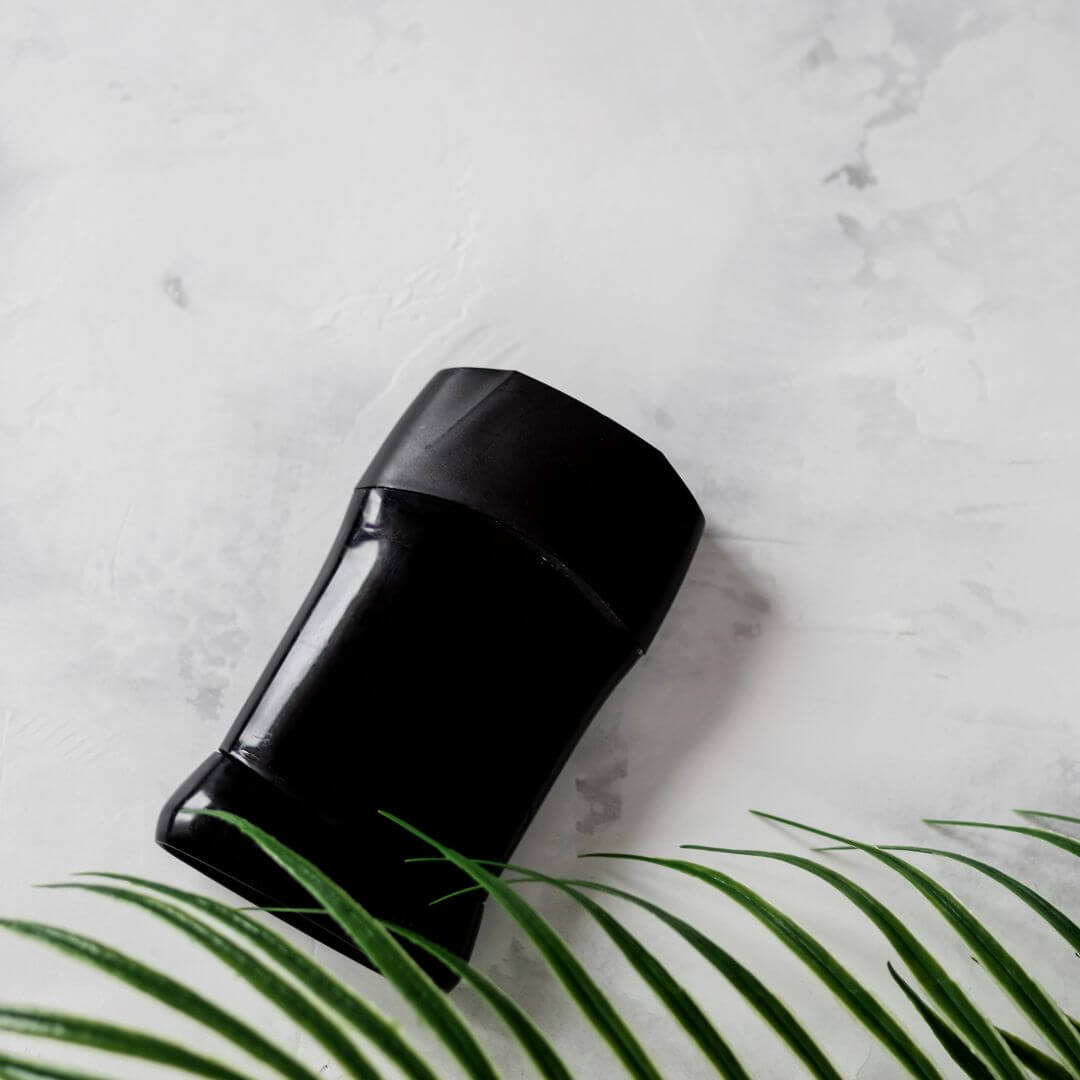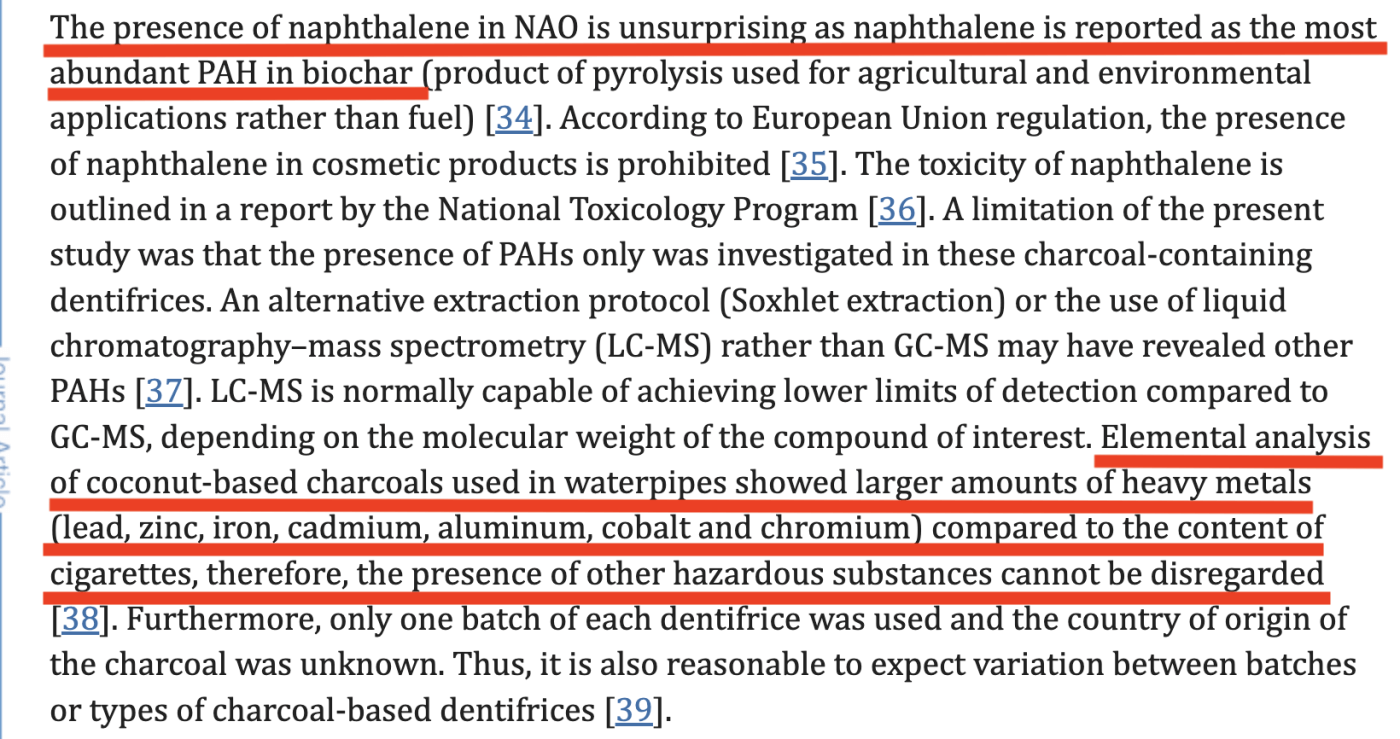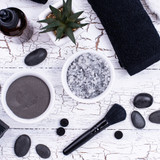Is Charcoal Safe in Deodorant?
 Activated charcoal has become a popular natural ingredient in toothpaste, deodorant, soaps, facial care products, and even toothbrushes. The ingredient has been used for years in water filtration systems and even in medical settings to treat certain types of poisonings. It came to the forefront in the cosmetics industry in recent years due to its reputation as a detoxifying ingredient. But is charcoal safe in deodorant, other cosmetic items, and consumer goods? Let's look at the available data.
Activated charcoal has become a popular natural ingredient in toothpaste, deodorant, soaps, facial care products, and even toothbrushes. The ingredient has been used for years in water filtration systems and even in medical settings to treat certain types of poisonings. It came to the forefront in the cosmetics industry in recent years due to its reputation as a detoxifying ingredient. But is charcoal safe in deodorant, other cosmetic items, and consumer goods? Let's look at the available data.
What is Activated Charcoal?
Activated charcoal, also known as activated carbon, is biochar that has been processed to have small, low-volume pores that increase the surface area available for adsorption or chemical reactions. This porous material is produced by heating carbon-rich substances, such as wood, coconut shells, peat, sawdust, and even coal to high temperatures in the presence of carbon dioxide and/or water and the absence of oxygen. This process called pyrolysis produces a network of pores in the particles.
Why is activated charcoal used in deodorant?
Because of its porous nature, activated charcoal can absorb moisture, helping to keep the underarm area dry and thus odor-causing bacteria at bay. It is also suggested that due to its structure with a large surface area, it can adsorb and trap odorous compounds. This can help neutralize and reduce the unpleasant smells associated with odor-causing bacterial growth. Some companies claim that it absorbs and pulls toxins from the body. Charcoal has these potential benefits, but is charcoal safe in deodorant?
The Problem
You're probably aware of a class of carcinogenic chemicals that can be formed on meat during grilling called polyaromatic hydrocarbons. (PAHs). Combustion of carbon materials (like burning wood) produces and/or releases these chemicals. Activated charcoal can contain trace amounts of PAHs depending on the source material and the production process.
One chemical called Benzo[a]pyrene is carcinogenic, genotoxic, and a reproductive toxin. According to this 2022 article published in the journal Environmental Pollution activated charcoal has the potential to release PAHs.

The study found that current methods for detecting PAHs in activated charcoal and biochar are inadequate and proposed that harmful levels may be ending up in cosmetics. In fact, 8 of the 15 samples of commercial products they tested had levels of PAHs above the allowable EU levels. (I have searched and have been unable to find if the U.S. has similar regulations.)

Another study from 2020 found traces of naphthalene (a polyaromatic hydrocarbon and known carcinogen and neurotoxin) in a charcoal toothpaste. Researchers were not not looking specifically for napthalene but found it while studying the abrasive properties of charcoal in toothpaste products. They were, however, not surprised. They also noted that tests of coconut-based charcoal used in water filtration have found high levels of heavy metals and consumer products containing activated charcoal also may be tainted.

While activated charcoal products sold to the cosmetics industry may be marketed as "high purity" materials, the 2022 study referred to above, also noted that testing methods currently employed by the industry are inadequate and allow for contaminated products to enter the market.
A Confusing Market
The topic is somewhat contradictory and confusing when trying to figure out is charcoal safe in deodorant, as activated charcoal is commonly used to remove PAHs from contaminated water and soil. But the ingredient can also leach PAHs if it's contaminated from its manufacture.
There are more than 160 different types of activated carbons, all varying depending on how the product is made. It comes in several basic forms: powdered, granular, extruded, beads, polymer-coated, and woven. Additionally there are physical activation methods using different hot gasses. There are also chemical processes wherein the biochar is impregnated with chemicals (usually and acid and an alkali and a salt) and then heated to create the microscopic holes and crystalline structure that gives activated charcoal its desired properties. Impregnated carbon is also a finished product used in air and water filtration. The carbon is at times impregnated with metals like iodine or silver that have antibacterial action, or positively-charged ions that can control indoor air pollution. The exact production process and chemical makeup is dependent on the desired outcome.
Four major producers control 90% of the activated charcoal market. (Source)
May contain Nanoparticles
Nano-sized activated charcoal is currently available to deodorant and other cosmetic and drug manufacturers. The safety of these nanoparticles is highly dependent on their size, shape, and which chemicals they're processed with. Some carbon nanomaterials have little to no toxicity. Others are highly toxic. The research on activated charcoal nanoparticles is very limited. As with most nanoparticles, they have the ability to kill cells, but healthy and harmful (like cancer cells or pathogenic bacteria).
There are no regulations in the United States and many other countries, that require the disclosure of the use of nanoparticles. (aka ENMs, Engineered Nano Materials).
Permanent Skin Damage
While activated charcoal has become popular in recent years in cosmetic items, its benefits are largely unsubstantiated and the ingredient, according to some researchers, has the potential to cause permanent skin damage.
Additionally, because cosmetic items don't require pre-market approval, tainted charcoal may end up entering the market and causing severe skin reactions.

Is charcoal safe in deodorant? It stands to reason that with potential contamination, abrasive and drying properties, that charcoal deodorants could compromise the skin barrier and lead to skin irritation. Some cases of permanent hypopigmentation have been reported in people using facial care products.
Not allowed in Certified Organic Foods or Products
Another consideration when deciphering is charcoal safe in deodorant: because activated charcoal, even from plant material, is considered a synthetic material due to the amount of processing it has to undergo in manufacturing, it is not allowed as an ingredient in organic food or products. Plant-based charcoal may be used as a filtration material in organic production if other methods are not working. (Source). The USDA National Organic Program has said that the manufacture of USDA certified organic activated carbon is theoretically possible, however, no companies are currently manufacturing an organic activated charcoal.
Bottom line:
Is activated charcoal safe in deodorant, toothpaste, and other consumer products?
- Activated charcoal may contain and leach carcinogenic polyaromatic hydrocarbons like naphthalene and benzo[a]pyrene.
- Highly synthesized and processed and supply is mostly controlled by corporate entities.
- Purity testing methods may not be accurate.
- Permanent skin damage and irritation is possible.
- Nanoparticles may be present and not disclosed.
Is charcoal safe in deodorant? After reviewing the data, I believe that activated charcoal should be limited to medicinal use where there are stricter manufacturing standards and the benefits outweigh the risks. Because its safety and purity is in question, and its benefits largely unsubstantiated, cosmetic manufacturers that care about the health and safety of their customers should reconsider using this ingredient.
Recent Posts
-
Is Charcoal Safe in Deodorant?
Activated charcoal has become a popular natural ingredient in toothpaste, deodorant, soaps, facial c …5th Mar 2024 -
Is Stevia an Endocrine Disruptor?
Is Stevia an Endocrine Disruptor?Stevia rebaudiana, an herb native to Paraguay and Brazil, contains …9th Feb 2024 -
Is Aloe Vera Toxic?
Containing more than 200 different chemical compounds, aloe vera plants and extracts have long been …9th Feb 2024





